| Book Code : | 115 |
|---|---|
| Subject Code : | 9706 |
| Author : | M. Nauman Malik |
| Edition : | 6th Edition |
| Publishers : | Read and Write Publications |
Description
Accounting AS Level Text book Series Theory and Practice 6th Edition
Current financial reporting practices have been under major review with the approach of a single market, moving towards harmonization. Consequently, all global syllabuses, from December 2007 onwards, use international terminology.
The globalized frame work of Cambridge International Advanced Level, in practice over 125 countries, has led to the introduction of an international format and layout for all its syllabuses.
This book Accounting A Level Theory and Practice Article Number 115 is intended to cover the accounting content of CIE Advanced Level syllabus 9706 comprehensively. With a thorough discussion of the basic double entry principles for the beginners, it is also useful for those who have some knowledge. (Accounting AS Level)
The strengths and weaknesses of accounting practices are reinforced by a set of Review Questions at the end of each chapter, enabling the students to put, what is learnt, into practice. These Questions have been developed by the author and are not taken from past exam papers.
(Accounting AS Level)
The Review Questions have been set in increasing order of difficulty and each odd number Question is complimented by an even numbered question with the same difficulty level.
Solutions to odd numbered questions are given in the appendix at the end of the book. In addition solutions to even numbered questions are available in a separate manual. Teachers using “AS Accounting Theory and Practice” as a text book, may get the manual by applying officially on a school letterhead. Providing the students with a solid foundation in the “Why” as well as the “How” of accounting concepts, the emphasis is put on understanding rather than mere cramming.
A brief list of learning objectives at the beginning of each chapter will assist the readers to determine the things they should understand while going through the chapter. Hence, checking back may help them to identify weak areas which still need thorough review. I would like to thank numerous people for the contribution they made to the writing of this book. In particular,
I gratefully acknowledge the input that Mr. Sajid Munir made in developing the Review Questions, text for various chapters and for his constructive criticism throughout the process of developing the book. In addition, my thanks owe to the Sheraz Siddiq, Waseem Zia, Zafar Hashmi, Rabia Malik for their continuous support, insightful comments and suggestions during several stages of the book development.
Following are the topics covered in this book
TABLE OF CONTENTS
PREFACE (Accounting AS Level)
UNIT A BOOKKEEPING & ACCOUNTING
A.1 BRANCHES OF ACCOUNTING
A.2 ACCOUNTING EQUATION
A.2.1 Assets
A.2.2 Liabilities
A.2.3 Equity
A.2.4 Drawings
A.2.5 Treatment of transactions relating to owners
A.2.6 The dual aspect concept and the accounting equation
A.3 TRANSACTION
A.3.1 Cash Transactions
A.3.2 Credit Transactions
A.4 STATEMENT OF FINANCIAL POSITION
A.4.1 Statement of financial postion (Horizontal Style)
A.4.2 Statement of financial postion (Vertical Style)
REVIEW QUESTIONS
UNIT B DOUBLE ENTRY FOR ASSETS, LIABILITIES & CAPITAL
B.1 EVOLUTION OF BOOKKEEPING
B.2 ACCOUNT
B.3 “T” Account
B.4 RULES OF DEBIT AND CREDIT
B.5 THREE-COLUMN LEDGER ACCOUNT (RUNNING BALANCE METHOD)
B.6 LEDGER
B.7 DOUBLE-ENTRY RELATING TO ASSETS AND LIABILITIES
B.7.1 EXAMPLE
B.8 BALANCING OF AN ACCOUNT
B.8.1 When should accounts be balanced?
B.9 TRIAL BALANCE
B.9.1 Uses of a Trial Balance
B.9.2 Why is it Necessary for a Trial Balance to ‘Balance’?
B.9.3 Trial Balance – An aid to Financial Statements
REVIEW QUESTIONS
UNIT C ACCOUNTING FOR GOODS
C.1 INVENTORY OF GOODS
C.2 BOOKKEEPING FOR INVENTORY OF GOODS
C.3 WHY ONVENTORY ACCOUNTS DO NOT RECORD PURCHASES AND SALES OF GOODS
C.4 PURCHASES
C.4.1 Cash Purchases
C.4.2 Credit Purchases
C.5 SALES
C.5.1 Cash Sales
C.5.2 Credit Sales
C.6 PURCHASES RETURNS (RETURN OUTWARDS)
C.7 SALES RETURNS (RETURNS INWARDS)
C.8 TRADING SECTION OF INCOME STATEMENT
C.9 CLOSING OF INCOMES AND EXPENSES
C.10 CLOSING INVENTORY
C.11 OPENING INVENTORY
REVIEW QUESTIONS
UNIT D ACCOUNTING FOR INCOMES & EXPENSES
D.1 INCOMES
D.2 EXPENSES
D.3 DOUBLE-ENTRY FOR EXPENSES AND INCOMES (REVENUES)
D.4 BOOKKEEPING FOR INCOMES AND EXPENSES
D.5 CALCULATION OF PROFIT FOR THE YEAR
D.6 CLOSING OF INCOMES AND EXPENSES
REVIEW QUESTIONS
CHAPTER E FINANCIAL STATEMENTS-AN INTRODUCTION
E.1 NEED FOR STATEMENT OF PROFIT OR LOSS
E.2 USES OF STATEMENT OF PROFIT OR LOSS
E.3 CARRIAGE INWARDS
E.4 CARRIAGE OUTWARDS
E.5 FINANCIAL STATEMENT-AN IMPORTANT CONSIDERATION
E.6 ACCOUNTING PERIOD
E.7 DRAWINGS
E.8 ASSETS
E.8.1 Non-Current Assets
E.8.2 Current Assets
E.9 LIABILITIES
E.9.1 Current Liabilities
E.9.2 Non-Current Liabilities
REVIEW QUESTIONS
UNIT F BOOKS OF PRIME ENTRY & DIVISION OF LEDGER
F.1 SALES JOURNAL
F.1.1 Posting from the Sales Journal to the Ledger
F.1.2 Trade Discount
F.1.3 Sales on Credit Card
F.2 PURCHASES JOURNAL
F.2.1 Posting from the Purchases Journal to the Ledger
F.3 RETURN INWARDS JOURNAL
F.3.1 Posting from the Returns Inwards Journal to the Ledger
F.4 RETURN OUTWARDS JOURNAL
F.4.1 Posting from the Returns Outwards Journal to the Ledger
F.5 GENERAL JOURNAL
F.6 CASH BOOK
F.6.1 Two-Column Cash Book
F.6.2 Cash Discounts
F.6.3 Three Column Cash Book
F.7 PERSONAL LEDGERS
F.8 GENERAL LEDGER
REVIEW QUESTIONS
UNIT G USERS OF ACCOUNTING INFORMATION
G.1 OWNERS
G.2 MANAGERS
G.3 EMPLOYES
G.4 INVESTORS AND LENDERS
G.5 SUPPLIERS
G.6 CUSTOMERS
G.7 GOVERMNENT
G.8 PUBLIC
G.9 ENVIRONMENTAL BODIES
CHAPTER 1 BANK RECONCILIATION STATEMENTS
1.1 DIEEFERENCE BETWEEN BANK STATEMENT AND CASH BOOK
1.2 REASONS FOR DIFFERENCE BETWEEN BANK STATEMENT AND CASH BOOK BALANCE
1.2.1 Items in the Bank Statement but not in the Cash Book
1.2.2 Items in the Cash Book but not in the Bank Statement
1.3 BANK RECONCILIATION STATEMENT
1.4 STEPS FOR PREPARING A BANK RECONCILIATION STATEMENT
1.5 USES OF BANK RECONCILIATION STATEMENT
1.6 LIMITATIONS OF BANK RECONCILIATION STATEMENT
REVIEW QUESTIONS
CHAPTER 2 ACCOUNTING FOR TRADE RECIEVABLES
2.1 IRRCOVERABLE DEBTS
2.2 IRRCOVERABLE DEBTS RECOVERY
2.3 DOUBTFUL DEBTS
2.4 ALLOWANCE FOR IRRCOVERABLE DEBTS
2.4.1 Calculation of allowance for irrecoverable debts
2.4.2 Treatment of allowance in financial statements
2.4.3 General journal enteries
2.5 AGEING SCHEDULE
2.6 WHY ALLOWANCES ARE MADE FOR BAD IRRECVERABLR DEBTS
REVIEW QUESTIONS
CHAPTER 3 ACCOUNTING FOR NON-CURRENT ASSET
3.1 DEPRECIATION
3.2 CAUSES FOR DEPRECIATION
3.3 FACTORS FOR CALCULATING DEPRECIATION
3.3.1 The Original Cost of Asset
3.3.2 The Estimated Useful Economic Life
3.3.3 The Approximate Residual Value
3.4 CHARACTERISTICS OF DEPRECIATION
3.5 METHODS FOR CALCULATING DEPRECIATION
3.5.1 Revaluation Method
3.5.2 Straight Line Method or Original Cost Method
3.5.3 Reducing Balance Method
3.6 ANNUAL DEPRECIATION UNDER REDUCING BALANCE & STRAIGHT-LINE METHODS
3.7 DISTINCTIVE FEATURES OF STRAIGHT LINE AND REDUCING BALANCE METHOD
3.7.1 STRAIGHT LINE METHOD
3.7.2 rEDUCING BALANCE METHOD
3.8 DIFFERENCE BETWEEN DEPRECIATION AND PROVISION FOR DEPRECIATION
3.9 DEPRECIATION POLICIES
3.10 DEPRECIATION ACCOUNTING
3.11 DEPRECIATION AND ACCOUNTING CONCEPTS
REVIEW QUESTIONS
CHAPTER 4 ACCOUNTING CONCEPTS
4.1 ACCOUNTING CONCEPTS – AN IMPLICATION
4.2 DUALITY (DUAL ASPECT) CONCEPT
4.3 BUSINESS ENTITY CONCEPT
4.4 PRUDENCE CONCEPT
4.5 CONSISTENCY CONCEPT
4.6 MATERIALITY CONCEPT
4.7 REALISATION CONCEPT
4.8 ACCRUAL CONCEPT
4.9 MATCHING CONCEPT
4.10 REALISATION ACCURAL AND MATCHING & CONCEPTS COMPARED
4.11 SUBSTANCE OVER FORM
4.12 OBJECTIVITY
4.13 MONEY MEASUREMENT CONCEPT
4.14 HISTORICAL COST CONCEPT
4.15 GOING CONCERN
4.16 LIMITATIONS OF ACCOUNTING CONCEPTS
4.17 A USES OF ACCOUNTING CONCEPTS
REVIEW QUESTIONS
CHAPTER 5 SOLE TRADERS
5.1 SOLE TRADERS
5.1.1 Advantages of Operating as a Sole Trader
5.1.2 Disadvantages of Operating as a Sole Trader
5.2 CASH AND ACCURA; BASIS OF ACCOUNTING
5.3 NEED FOR ADJUSTMENTS
5.4 TYPES OF ADJESTMENTS
5.4.1 Inventory at Year-End
5.4.2 Closing Inventory in Trial Balance
5.4.3 Accrued Expenses
5.4.4 Accrued Incomes
5.4.5 Prepaid Expenses (Other Receivables)
5.4.6 Pre-received/Deferred Incomes
5.4.7 Drawings by Owner
5.5 DEPRECIATION
5.5.1 Methods of Depreciation
5.5.2 Depreciation Policies
5.5.3 Recording of Depreciation
5.6 IRRECOVERABLE DEBTS
5.6.1 Irrecoverable debts written off (included in the trial balance)
5.6.2Irrecoverable debts to be written off (given as an adjustment)
5.7 ALLOWANCE FOR IRRECOVERABLE DEBTS
5.8 ADJUTING MORE THAN TWO ACCOUNTS
5.9 GOODS ON SALE OR RETURN
5.9.1 Goods Sent to Customers on Sale or Return (Approval) Basis
5.9.2 Goods Received from Suppliers on Sale or Return (Approval) Basis
5.9.3 Disposal of non-current assets
5.10 Benefits of Preparing Financial Statements
5.11 Limitations of Financial Statements
5.12 Calculation of Profits for Service Businesses
REVIEW QUESTIONS
CHAPTER 6 PARTNERSHIPS
6.1 CHARACTERISTICS OF PARTNERSHIP
6.2 ADVANTAGES AND DISADVANTAGES OF THE PARTNERSHIP
6.3 PARTNERSHIP AGREEMENT
6.3.1 Contents of Partnership Agreement
6.4 PROVISIONS OF PARTNERSHIP ACT 1890 WHEN NO PARTNERSHIP AGREEMENT EXISTS
6.5 FINANCIAL STATEMENTS OF A PARTNERSHIP
6.5.1 Appropriations of profit
6.5.2 Statments of Financial Position of Partnerships
6.6 ACCOUNTING RECORDS FOR PARTNERS
6.6.1 Partners’ Capital Accounts
6.6.2 Benefits (Uses) of of Having Separate Current Accounts
6.6.3 Reasons for keeping separate partner’s capital and current Accounts
6.6.4 Drawings Accounts
6.7 PARTNER’S LOAN ACCOUNT
6.7.1 Reasons for partner’s loan in adition to capital Accounts
6.8 INTREST ON CAPITAL
6.9 CALCULATION OF INTEREST ON DRAWINGS
16 PARTNER’S GUARANTEED SHARE IN PROFIT
REVIEW QUESTIONS
CHAPTER 7 CAPITAL & REVENUE
7.1 TREATMENT OF CAPITAL AND REVENUE ITEMS IN FINANCIAL STATEMENT
7.2 DISTINCTION BETWEEN CAPITAL AND REVENUE EXPENDITURES
7.2.1 Expenditures for Acquisition of a Non-current asset
7.2.2 Expenditures for Improving Efficiency /Capacity of a Non-current asset
7.2.3 Expenditure at the Initiation of Business
7.2.4 Expenditure on Extension of Business
7.2.5 Expenditures to Increase the Useful Life of an Asset
7.2.6 Expenditures of Abnormal Amounts
7.3 APPLICATION OF MATERIALITY CONCEPT
7.4 DIFFERENCE BETWEEN CAPITAL AND REVENUE RECEIPTS
7.4.1 Revenue Receipts
7.4.2 Capital Receipts
7.5 EFFECTS OF WRONG TREATMENT OF CAPITAL AND REVENUE ITEMS
REVIEW QUESTIONS
CHAPTER 8 CORRECTION OF ERRORS
8.1 TYPES OF ERRORS
8.1.1 Errors Not Affecting Agreement of Trial Balance
8.1.2 Errors Affecting Agreement of Trial Balance
8.2 SUSPENSE ACCOUNT
8.3 EFFECT ON PROFIT OF CORRECTING ERRORS
8.4 EFFECTS ON BALANCE SHEET OF CORRECTING ERRORS
REVIEW QUESTIONS
CHAPTER 9 CONTROL ACCOUNTS
9.1 CONTROL ACCOUNTS IN CAMBRIDGE A LEVEL SYLLABUS
9.2 THE FORMAT OF SALES LEDGER AND PURCHASE LEDGER CONTROL ACCOUNTS
9.3 HOW CONTROL ACCOUNTS ARE PREPARED?
9.4 CONTRA ENTRY
9.5 BENEFITS OF OFFERING CASH
9.6 EFFECTS OF CHARGING INTEREST ON OVERDUE BALANCES OF CUSTOMERS
9.7 TWO BALANCES OF CONTROL ACCOUNTS
9.7.1 Reasons for Having Two Balances of a Control Account
9.7.2 Treatment of Two Balances in the Balance Sheet
9.8 CORRECTION OF ERRORS IN CONTROL ACCOUNTS
9.9 ADVANTAGES AND USES OF CONTROL ACCOUNTS
9.10 LIMITATIONS (DISADVANTAGES) OF PREPARING CONTROL ACCOUNTS
REVIEW QUESTIONS
CHAPTER 10 ACCOUNTS FROM INCOMPLETE RECORDS
10.1 THE REASONS FOR INCOMPLETE RECORDS
10.2 NEED FOR PREPARING FINANCIAL STATEMENT FROM INCOMPLETE RECORDS
10.3 CALCULATING PROFITS AND LOSSES FROM CHANGES IN CAPITAL/NET ASSETS
10.3.1 Statement of Affairs
10.3.2 Statement of Profit or Loss
10.4 PREPARATION OF FINANCIAL STATEMENTS FROM INCOMPLETE RECORDS
10.4.1 Calculation of Opening capital through Statement of Affairs
10.4.2 Preparation of Cash/Bank Account
10.4.3 Calculation of Total Sales
10.4.4 Calculation of Total Purchases
10.5 MARK-UP AND MARGIN
10.5.1 Use of Mark up and Margin to calculate Missing Items in Trading Section
10.5.2 Conversion of Mark-up into Margin
10.5.3 Conversion of Margin into Mark-up
10.6 CALCULATION OF INCOME/EXPENSES TO BE SHOWN IN STATEMENT OF PROFIT OR LOSS
10.7 CALCULATION OF DEPRECIATION
10.8 CALCULATION OF GOODS LOST BY THEFT OR FIRE
10.9 PREPARING BALANCE SHEET FROM INCOMPLETE RECORDS
10.10 INVENTORY COUNT AND THE STATEMENT OF FINANCIAL POSITION DATE
10.11 DISADVANTAGES OR DEFECTS OF ACCOUNTS PREPARED FROM INCOMPLETE RECORDS
10.12 ADVANTAGE OF ACCOUNTS PREPARED FROM INCOMPLETE RECORDS
REVIEW QUESTIONS
CHAPTER 11 LIMITED COMPANIES – SHARES & DEBENTURES
11.1 The Need for Companies
11.2 Choice between a Partnership and a Limited Company
11.3 Advantages and Disadvantages of Forming a Limited Company
11.3.1 Advantages of a Limited Company
17.3.2 Disadvantages of Forming a Limited Company
11.4 Sources of Finance for a Company
11.4.1 Ordinary Shares
11.4.2 Debentures
11.5 Forms of Capital
11.5.1 Authorised Share Capital
11.6 prices of a Share
11.6.1 Face Value
11.6.2 Issue Price
11.6.3 Book Value
11.6.4 Market Value
11.7 Selling Shares to the General Public
11.7.1 Issue of Shares at Par
11.7.2 Issue of Shares at Premium (at a price more than face value)
11.8 Rights Issue
11.8.1 Advantages of Rights Issue
11.8.2 Disadvantages of Rights Issue
11.8.3 Advantages of Rights Issue for Shareholders
11.9 Reserves
11.9.1 Capital Reserves
11.9.2 Revenue Reserves
11.10 Bonus or Scrip Issue
11.10.1 Reasons for Bonus Issue
11.10.2 Effect on Earnings per Share (EPS)
11.10.3 Advantages of Bonus Issue
11.10.4 Disadvantages of Bonus Issue
11.11 DlFFERENCE BETWEEN RIGHTS AND BONUS ISSUE
11.12 Issue of Loans and Debentures
11.12.1 Issue of Debentures at Par
11.12.2 Issue of Debentures at Premium (at a Price more than Face Value)
11.12.3 Issue of Debentures at Discount (at a Price below Face Value)
REVIEW QUESTIONS
CHAPTER 12 LIMITED COMPANIES – FINANCIAL STATEMENTS
12.1 Financial Statements of Limited Companies
12.2 Statement of Changes in Equity
12.2.1 Dividends on Ordinary Shares
12.2.2 Transfer to General Reserve
12.3 FINANCIAL STATEMENTS IN CIE EXAMS
12.4 A Comparison of Financial Statements of Business Organisations
REVIEW QUESTIONS
CHAPTER 13 ACCOUNTING RATIOS
13.1 Financial Ratios
13.2 Analysis of Ratios
13.2.1 Comparing one Year with Another (Trend or Time Series Analysis)
13.2.2 Comparing one Business with another Business (Cross-Sectional Analysis)
13.3 DEMONSTRATION OF RATIOS
13.4 Profitability Ratios
13.4.1 Gross Profit Margin
13.4.2 Profit for the year Ratio
13.4.3 Operating expenses to revenue ratio
13.4.4 Return on Capital Employed (ROCE)
13.5 Liquidity Ratios
13.5.1 Current Ratio
13.5.2 Acid Test (Liquid) Ratio
13.6 Efficiency Ratios
13.6.1 Rate of Inventory Turnover
13.6.2 Trade Receivables’Turnover (days)
13.6.3 Trade payables’Turnover (days)
13.6.4 Non-Current Asset Turnover
13.7 LIMITATIONS OF ACCOUNTING INFORMATION
13.8 Uses of Ratio Analysis
13.9 Limitations of Ratio Analysis
13.10 Users of Financial Ratios
13.11 Preparation of Financial Statements with the help of ratios
REVIEW QUESTIONS
CHAPTER 14 COMPUTERS IN ACCOUNTING
14.1 Manual Accounting
14.1.1 Challenges Faced In Manual Accounting
14.2 The Advent of Computerised Accounting
14.3 Use of Computerised Accounting Systems in Recording Financial Transactions
14.4 The Advantagesand Disadvantages of Introducing a Computerised Accounting System
14.4.1 The Advantages/Uses of Introducing a Computerised Accounting System
14.4.2 Disadvantages/Limitations of Introducing a Computerised Accounting System 258
14.5 Differences between Manualand Computerised Accounting Systems
14.6 Security of Data in Computerised Accounts
CHAPTER 15 COST ACCOUNTING – AN INTRODUCTION
15.1 Difference between Costand Expense
15.2 Cost classification by changes in activity
15.2.1 Fixed Cost
15.2.2 Variable Costs
15.2.3 Mixed Costs
15.2.4 Step Costs
15.3 Cost classification by traceability
15.3.1 Direct Costs
15.3.2 Indirect Costs
15.3.3 Sunk Costs
15.4 Costing Systems/Methods
15.4.1 Specific Order Costing
15.4.2 Continuous Costing
CHAPTER 16 MATERIAL & LABOUR COSTING
16.1 Inventory Valuation Methods
16.1.1 First in First out (FIFO)
16.1.2 Last in First out (LIFO)
16.1.3 Weighted Average Cost (AVCO)
16.2 Relationship of Inventory Valuation Methods with Physical Flow of Goods
16.3 Bases of Inventory Valuation
16.4 Role of Accounting Concepts in Inventory Valuation
16.5 Separate Valuation of Inventory Items
16.6 Effects of Errors in Valuing Inventory
16.7 Systems of Inventory Accounting
16.7.1 Periodic Inventory System
16.7.2 Perpetual Inventory System
16.8 JUST-IN-TIME INVENTORY SYSTEM
16.8.1 Benefitsof Just In Time
16.8.2 Risks of Just In Time
16.9 Direct Labour Cost
16.10 Indirect Labour Cost
16.11 Calculation of Labour Cost
16.11.1 Piece Work Wage System
16.11.2 Time Wage System (Pay on Time Basis)
16.12 Overtime
16.13 Incentives and Bonuses
REVIEW QUESTIONS
CHAPTER 17 ABSORPTION COSTING
17.1 Absorption Costing
17.2 COST CENTER
17.3 COST Un IT
17.4 Calculation of Total Production Cost
17.5 Absorption costing in price setting
17.6 Step l: Allocation of production overheads
17.7 Step 2: Apportionment of Production Overheads
17.8 Step 3: Allotment of Service Department Costs to Production Departments
17.8.1 Production Cost Centers
17.8.2 Service Cost Centers
17.9 Step 4: Calculation of Overhead Absorption Rates
17.9.1 Advantages of using Predetermined Overhead Absorption Rates
17.9.2 Problems of Using Predetermined Overhead Absorption Rates
17.9.3 Limitations of Using Actual Overhead Rates
17.9.4 Single (Factory wide) Overhead Absorption Rate
17.9.5 Departmental Overhead Absorption Rate
17.10 Step 5: Absorption of Overheads
17.11 Step 6: Over/Under Absorbed Overheads
17.11.1 Over-Absorbed Overheads
17.11.2 Under-Absorbed Overheads
17.12 Advantages of using Absorption Costing
17.13 limitations of using Absorption Costing
REVIEW QUESTIONS
CHAPTER 18 MARGINAL COSTING – BREAK-EVEN
18.1 Marginal Cost
18.2 The Principles of Marginal Costing
18.3 Contribution
18.4 Break-Even Analysis
18.4.1 Break-Even Point
18.4.2 Break-Even Point in Sales ($) Value
18.4.3 Target Profits
18.4.4 Break-Even Chart
18.4.5 Assumptions and Limitations of Break-Even Analysis
18.4.6 Significance of Break-Even Analysis
18.5 Margin of Safety
18.6 Profit-Volume Chart
18.6.1 How to Increase Contribution Ratio
REVIEW QUESTIONS
CHAPTER 19 MARGINAL COSTING – DECISION MAKING
19.1 Make or Buy Decision
19.1.1 Qualitative Factors for Make or Buy Decision
19.2 SPECIAL ORDER TO USE UP SPARE CAPACITY
19.2.1 Conditions for accepting Order below NormaI Price
19.2.2 Considerations for accepting order below Normal Price
19.2.3 Consequences of Acceptance of Order below Normal Price
19.2.4 Acceptance of Order with Negative Contribution
19.3 Abandonment of a Product Line/Department
19.3.1 Factors to be Considered Before Closure of a Department
19.4 Advantages and Disadvantages of Marginal Costing Technique
19.4.1 Advantages
19.4.2 Disadvantages
19.5 The Uses of Marginal Costing
19.6 Cost-Volume-Profit Analysis
19.6.1 Advantages of Cost-Volume-Profit Analysis
19.6.2 Limitations of Cost-Volume-Profit Analysis
19.7 Similarities between Marginal Costing and Cost-Volume-Profit Analysis
19.8 Difference between Marginal Costing and Cost-Volume-Profit Analysis
19.9 Role of Non-Fi nancial Factors in Decision Making
REVIEW QUESTIONS
CHAPTER 20 LI MITING FACTORS IN MARGINAL COSTING
20.1 Examples of Limiting Factors
20.2 Reducing the Effects of Limiting Factors
20.3 Decision-Making Process to Reduce Effects of a Limiting Factor
REVIEW QUESTIONS
CHAPTER 21 MARGINALS. ABSORPTION PROFIT STATEMENTS
21.1 Profits of Marginal Costing and Absorption Costing
21.2 Inventory Valuation under Marginal Costing and Absorption Costing
21.3 Difference between Marginal and Absorption Costing
21.4 Usefulness of Marginal and Absorption Costing
REVIEW QUESTIONS
SOLUTIONS TO ODD NUMBERED QUESTIONS
UNIT A……………………………..335
UNIT B……………………………..336
UNIT C……………………………..338
UNIT D……………………………..340
UNIT E………………………………342
UNIT F……………………………….344
CHAPTER 1…………………………347
CHAPTER 2…………………………348
CHAPTER 3…………………………350
CHAPTER 4…………………………352
CHAPTER 5…………………………352
CHAPTER 6…………………………356
CHAPTER 7…………………………361
CHAPTER 8…………………………361
CHAPTER 9…………………………363
CHAPTER 10………………………..365
CHAPTER 11………………………..369
CHAPTER 12………………………..371
CHAPTER 13………………………..374
CHAPTER 16………………………..377
CHAPTER 17………………………..380
CHAPTER 18………………………..382
CHAPTER 19………………………..384
CHAPTER 20………………………..385
CHAPTER 21………………………..387
KEY TO EVEN NUMBERED QUESTION……….389
INDEX ……………………………397
You must be logged in to post a review.

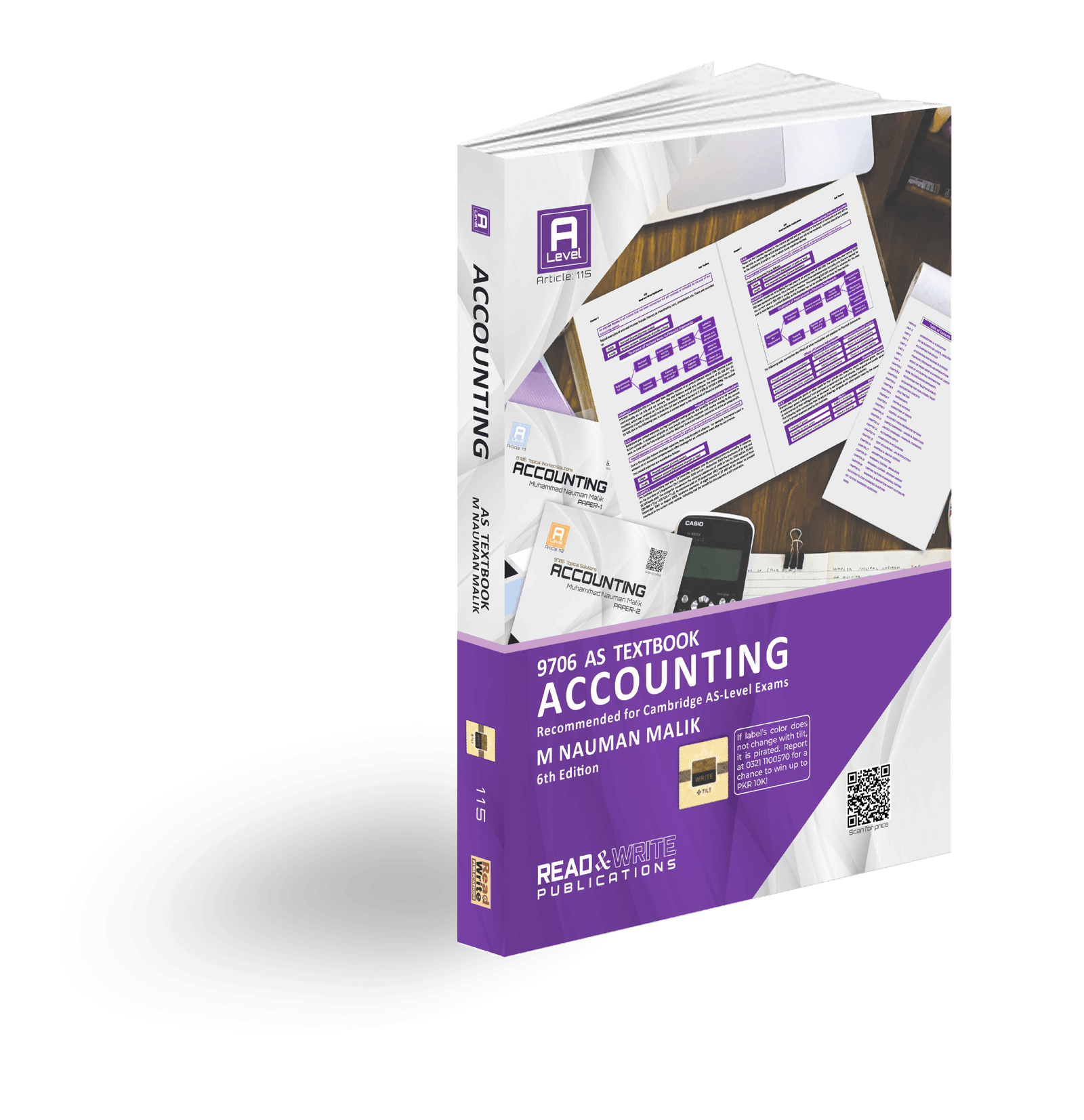
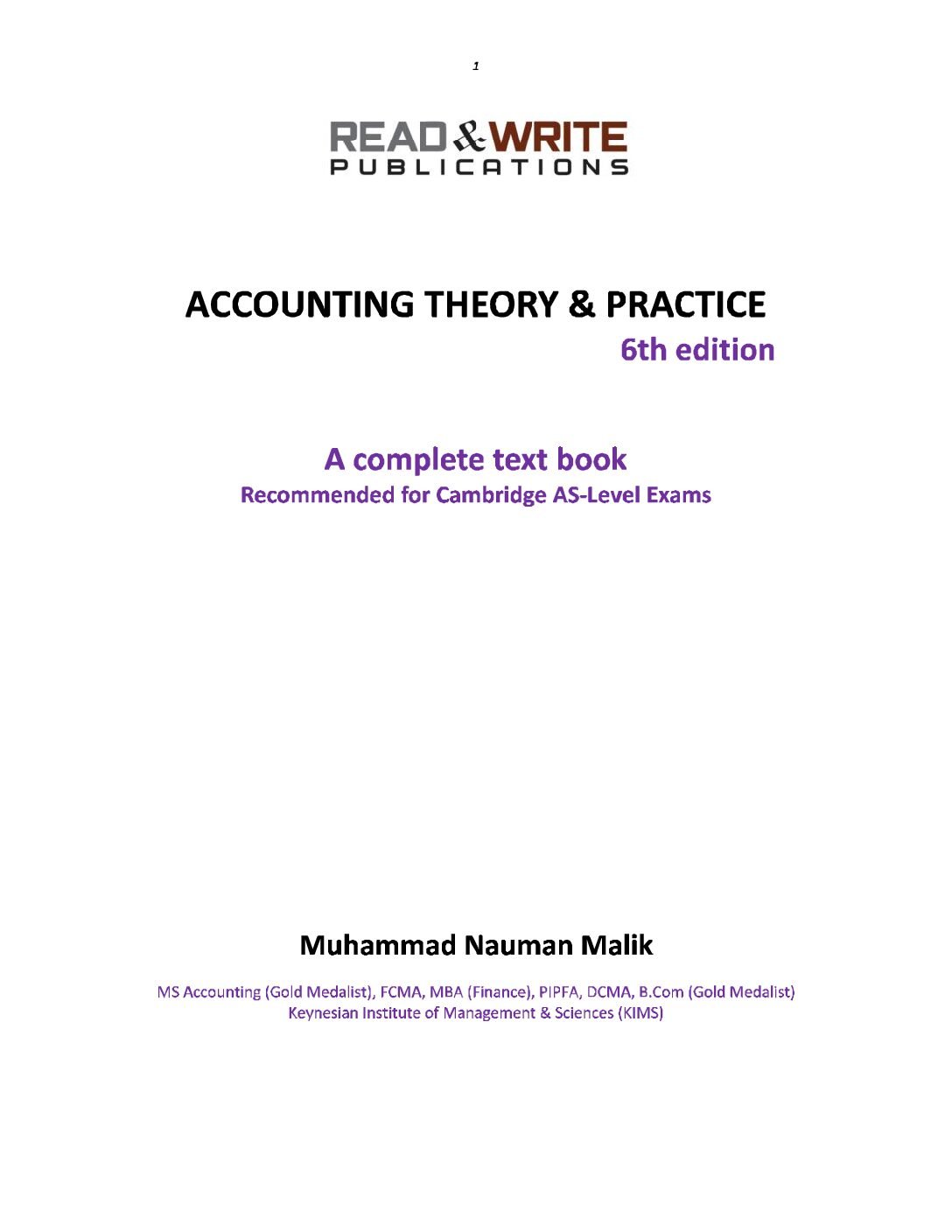
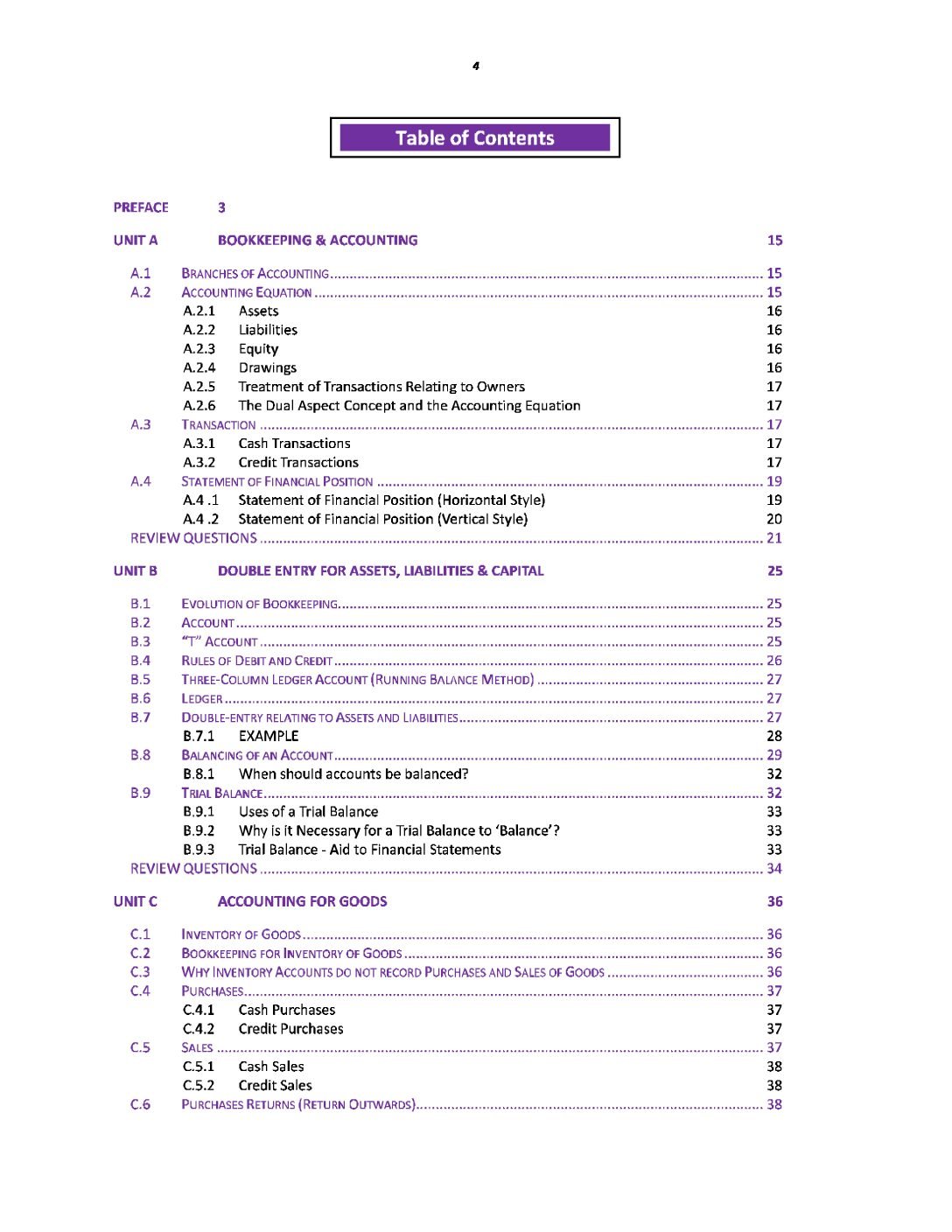
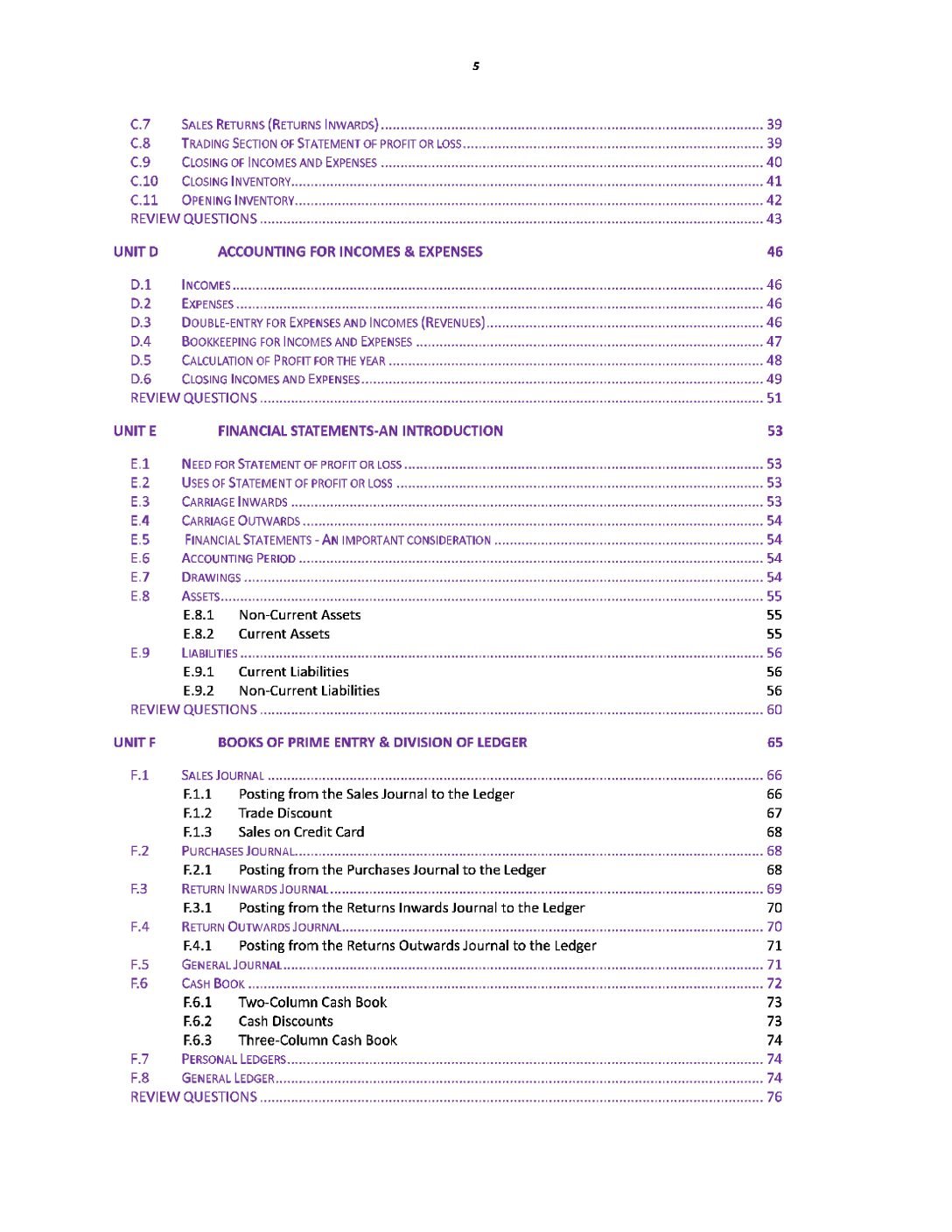
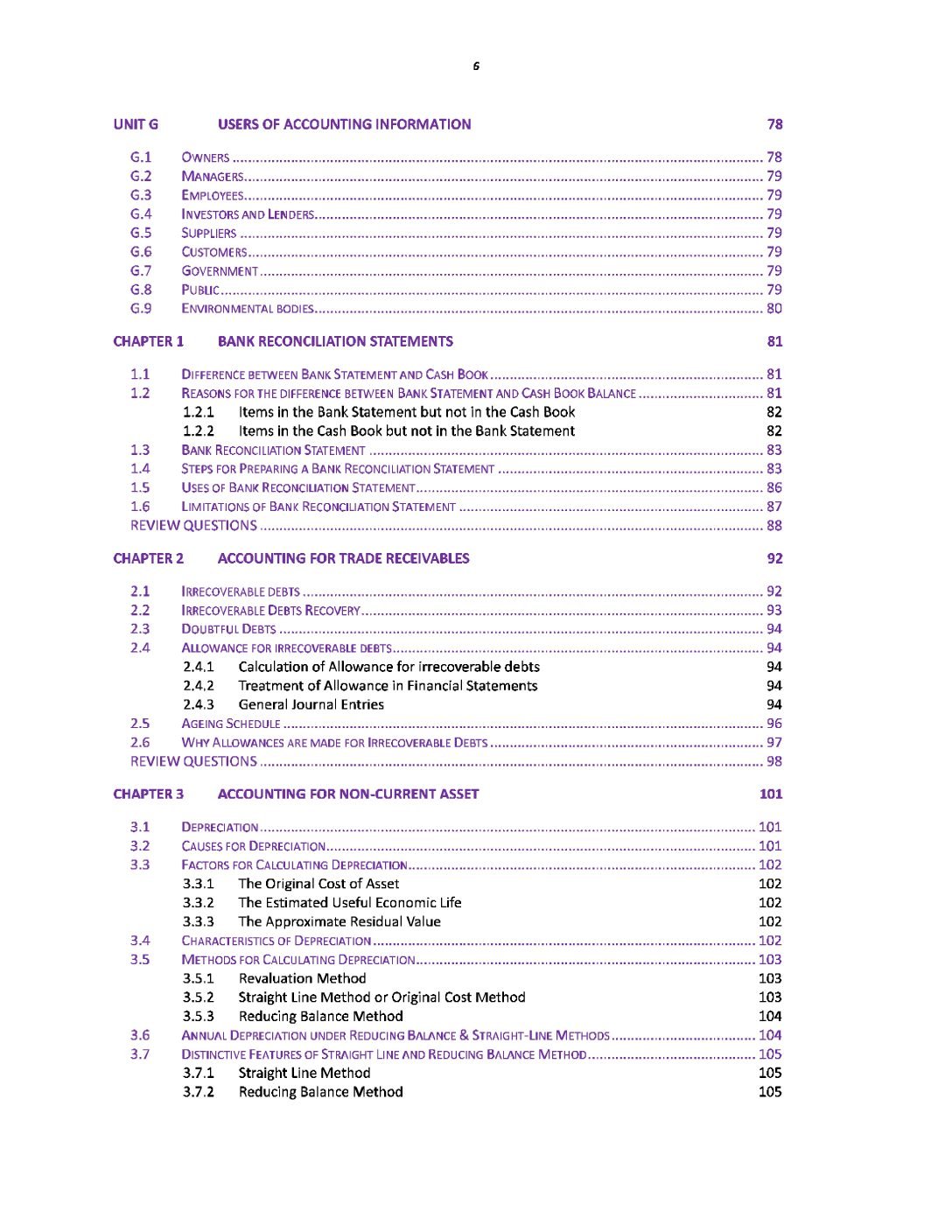
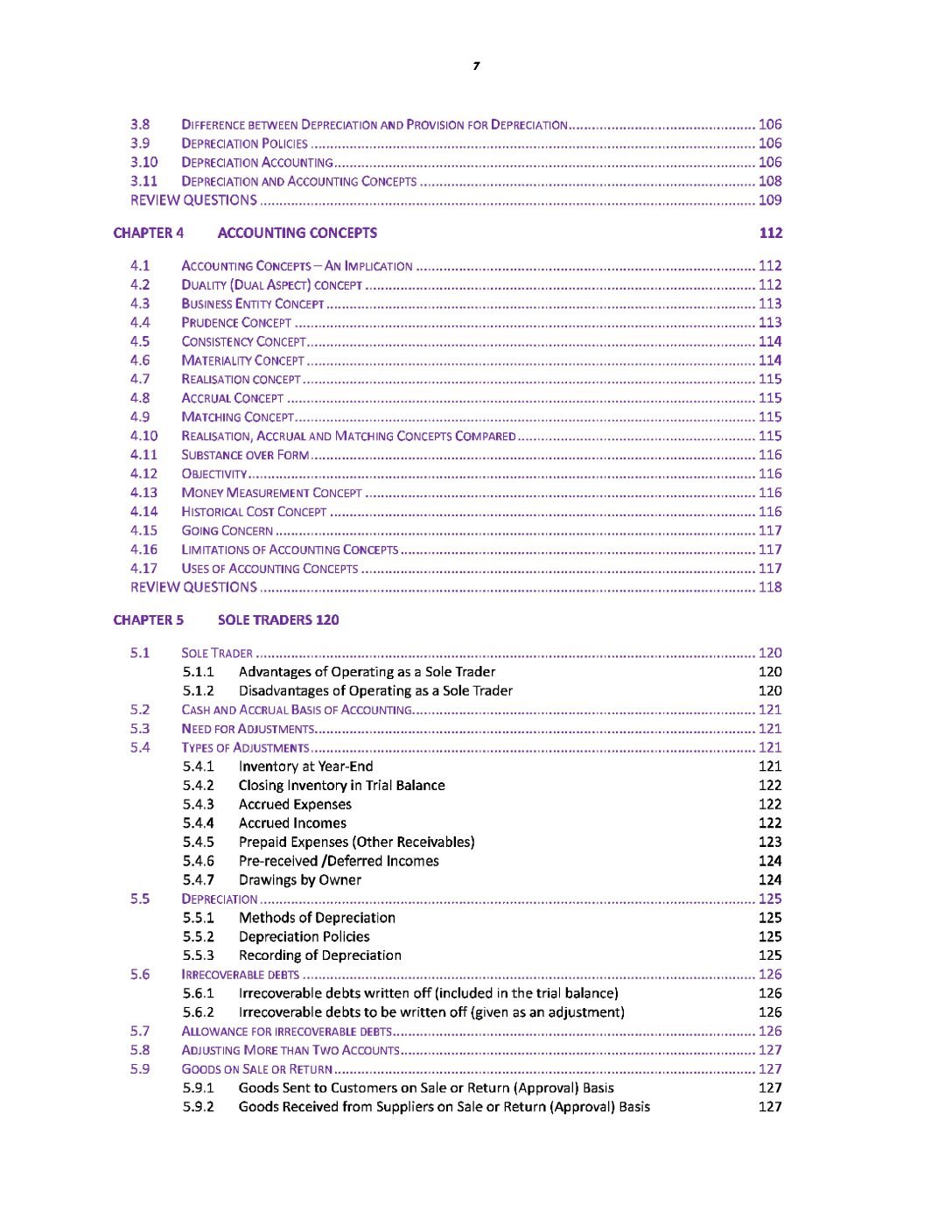
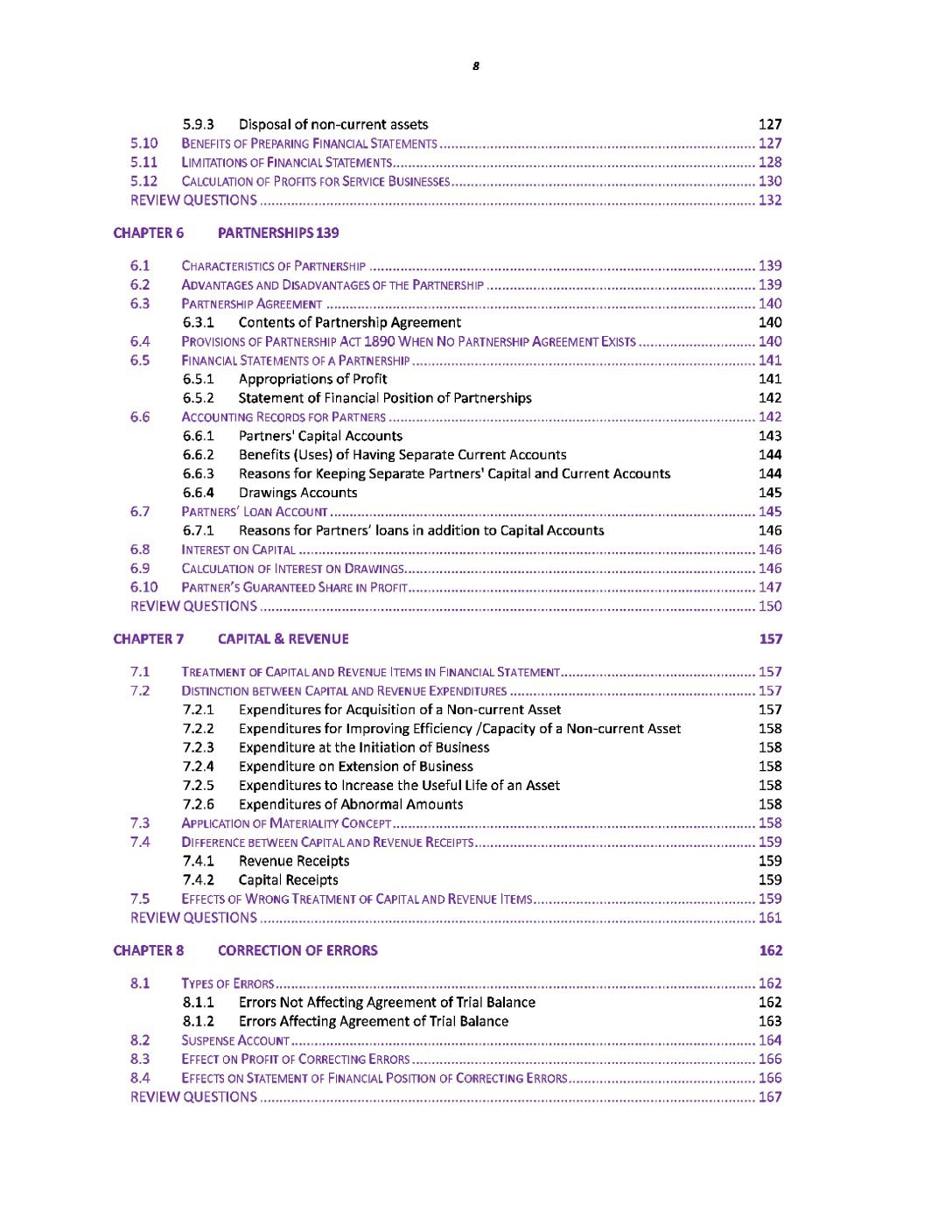
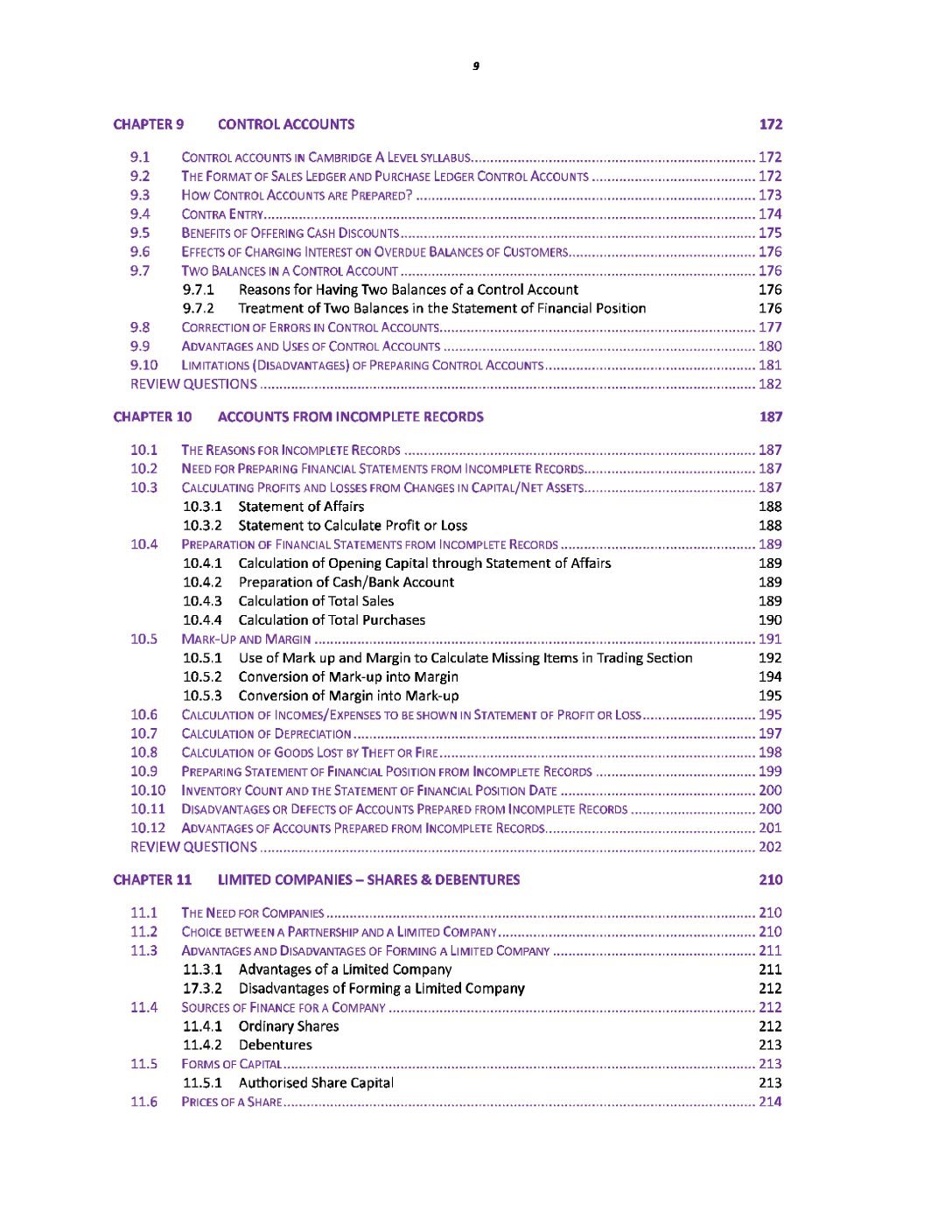
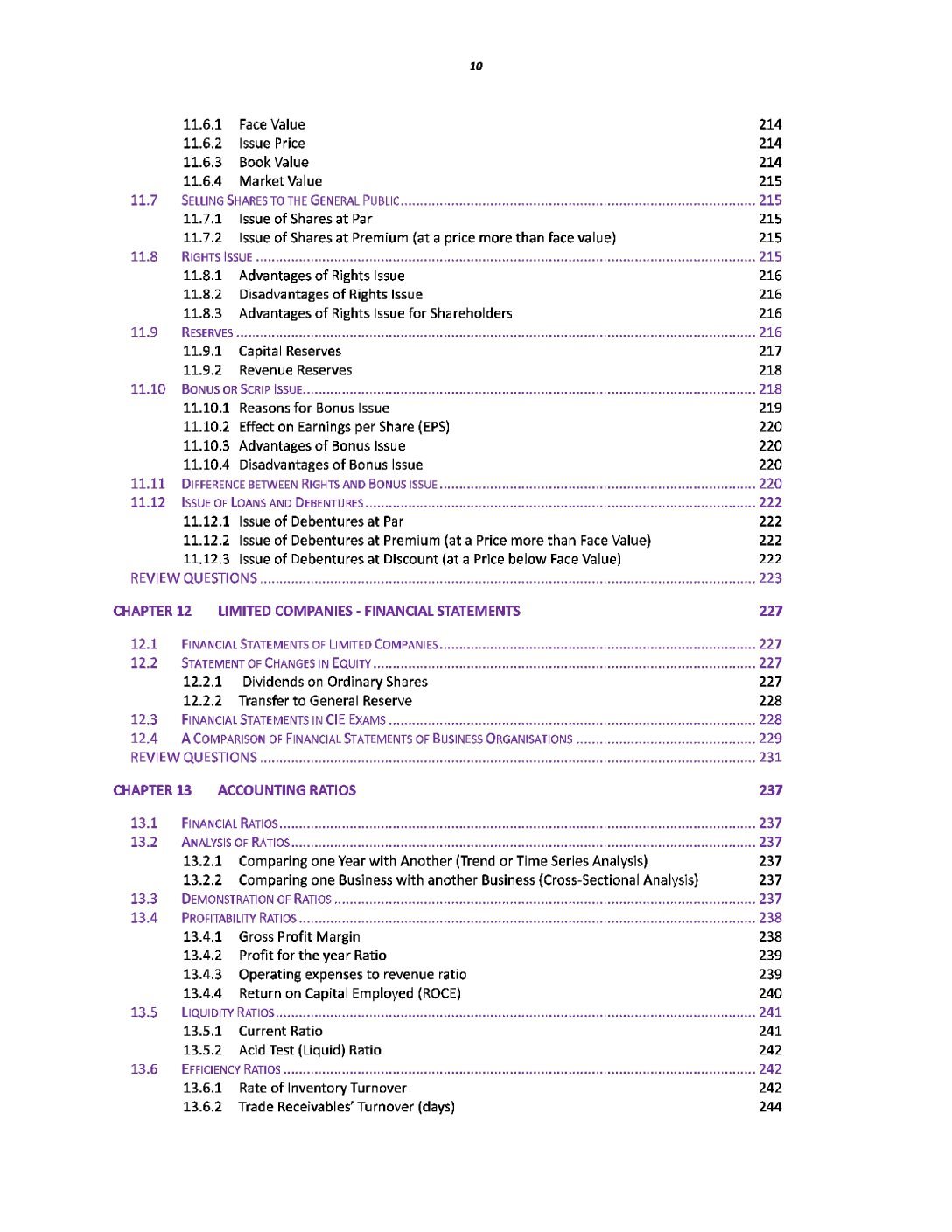
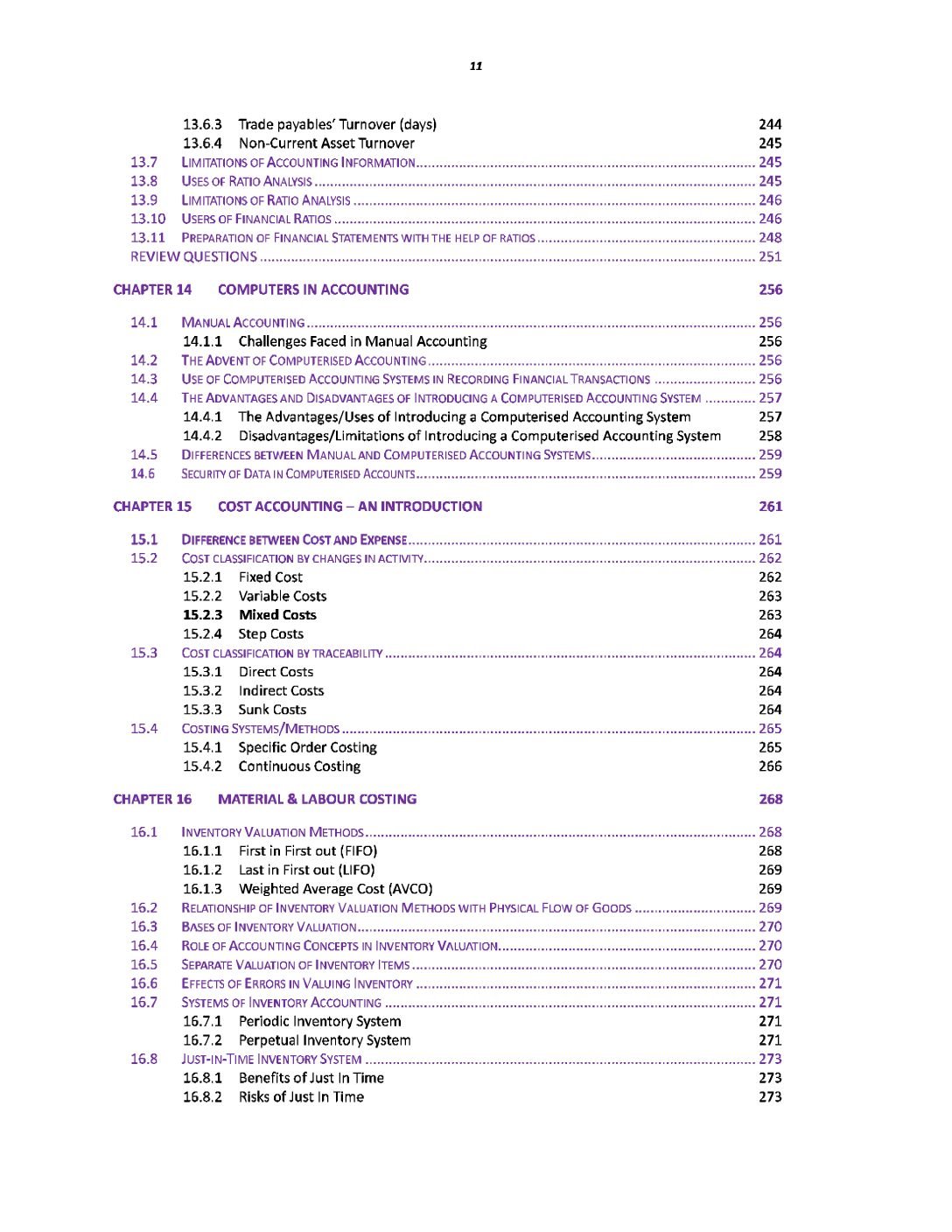
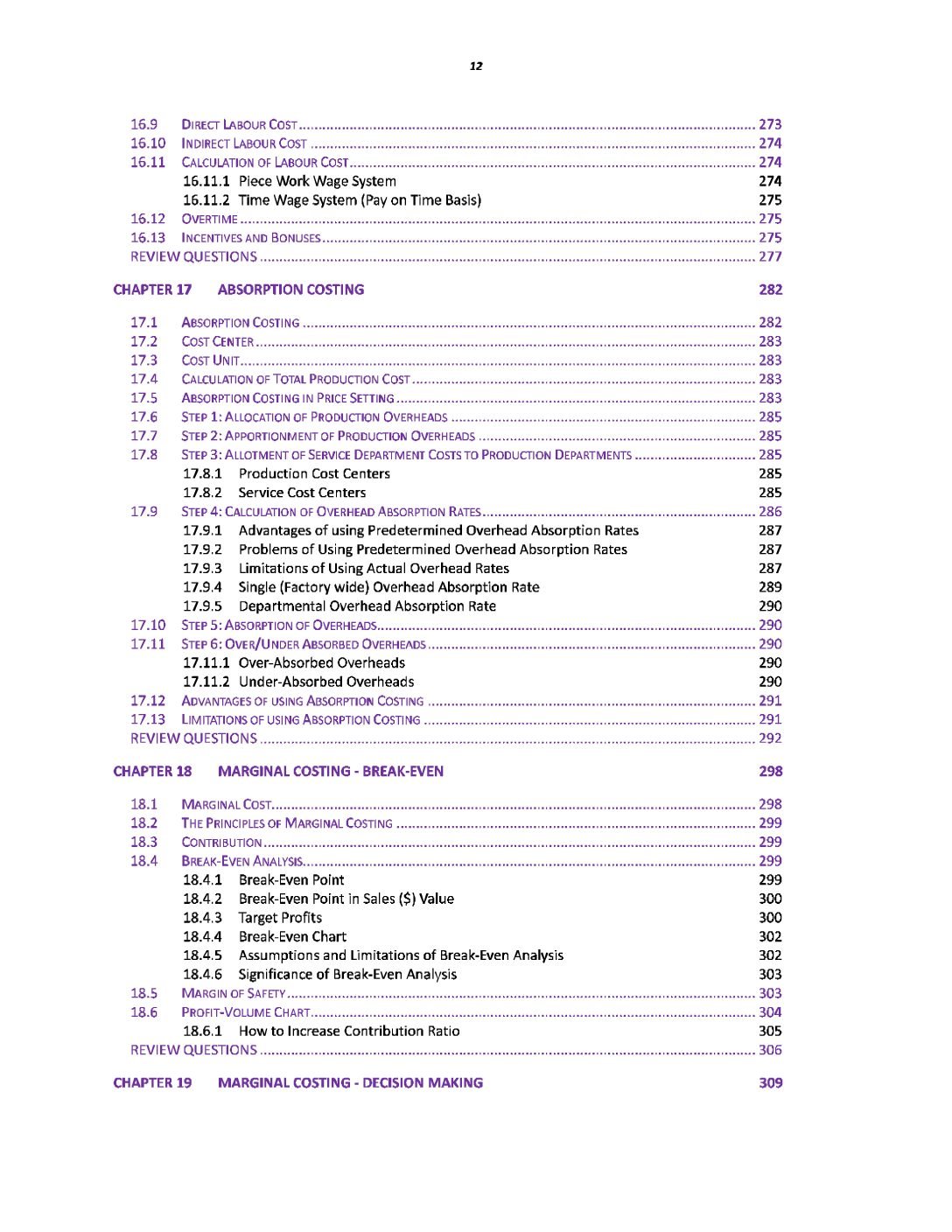
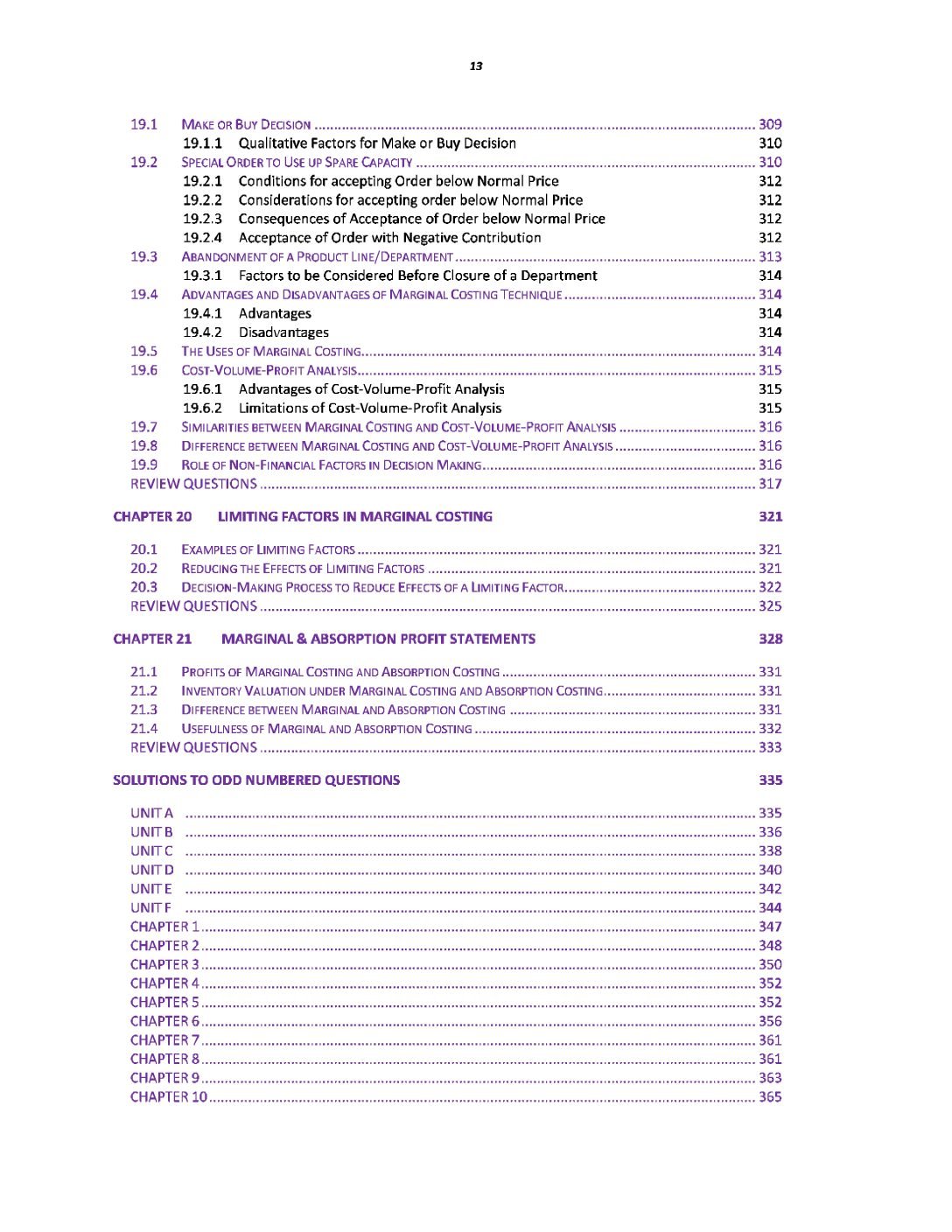
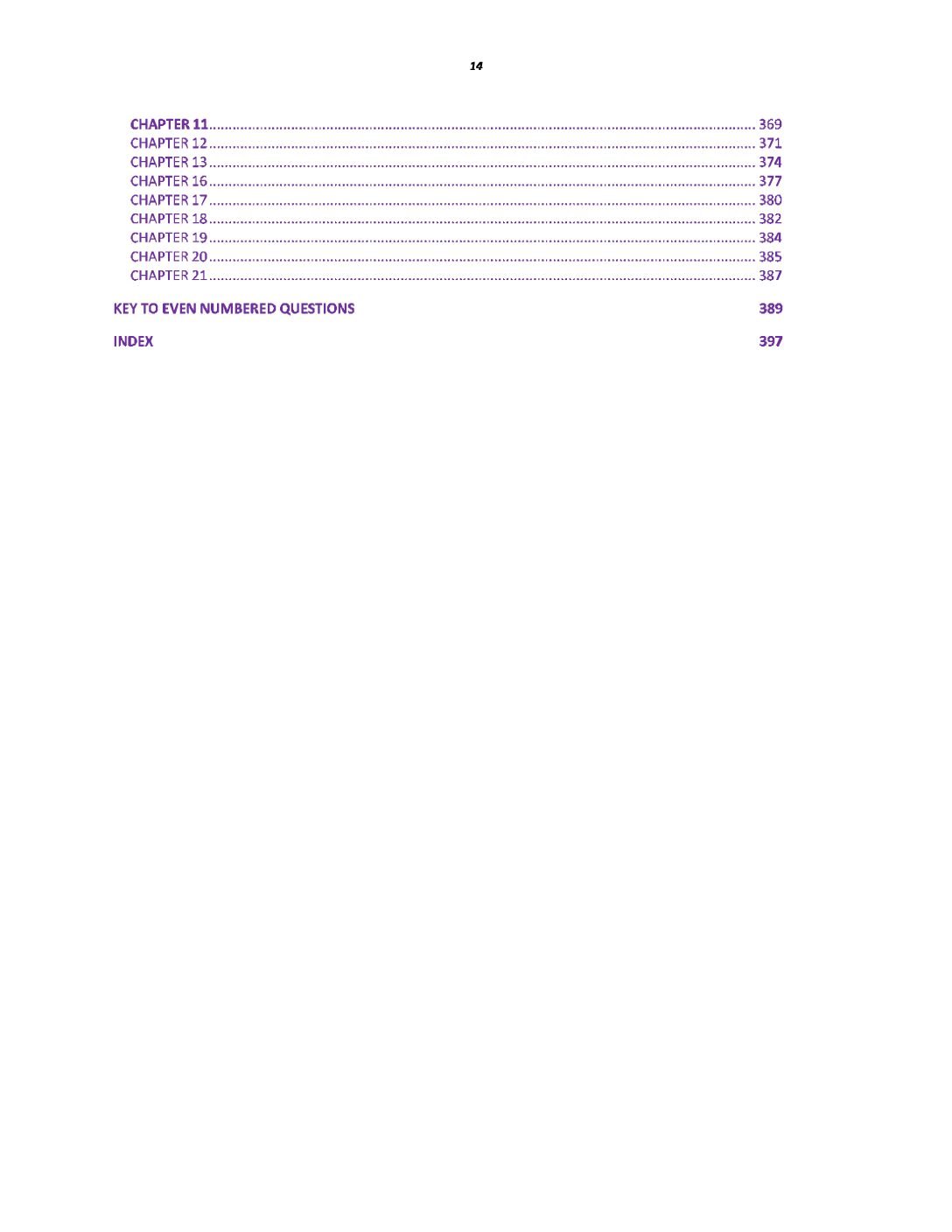
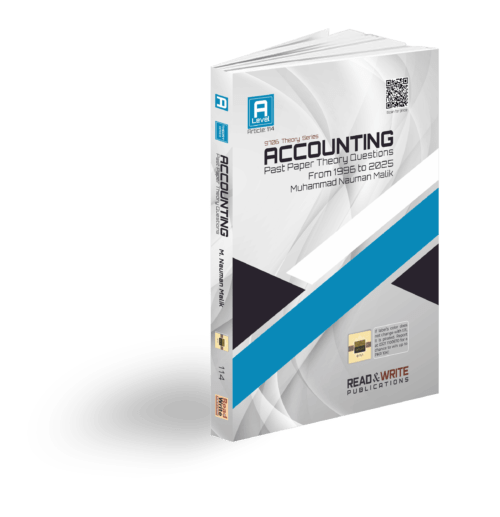

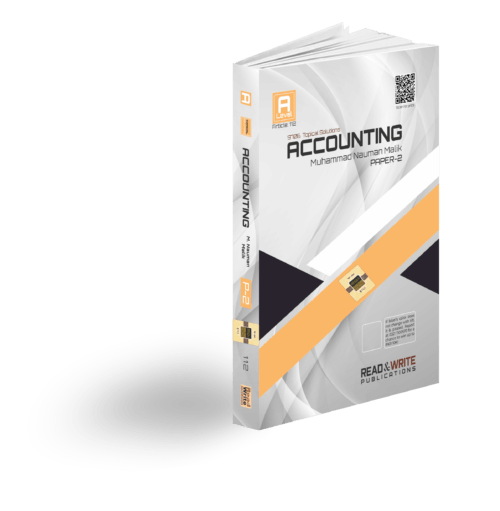
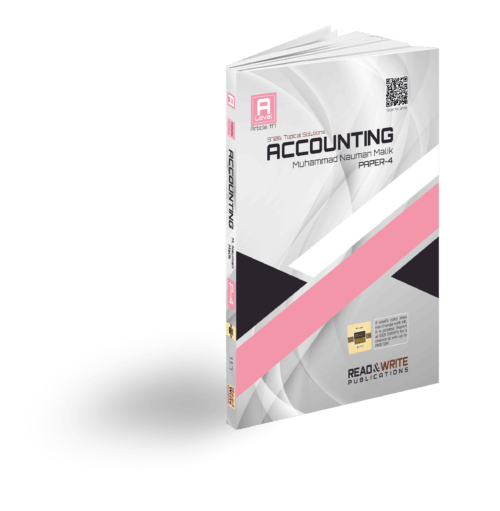
Reviews
There are no reviews yet.